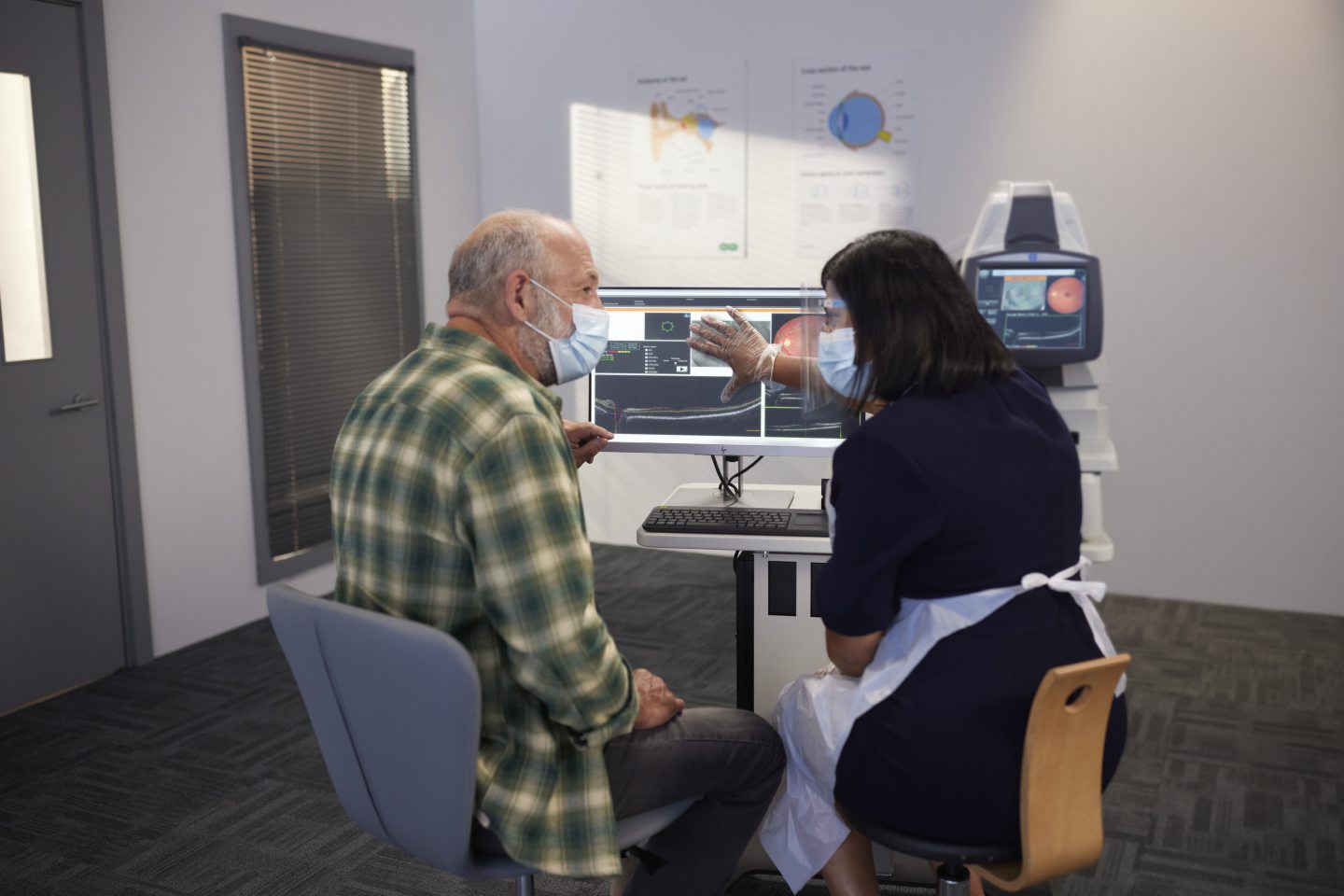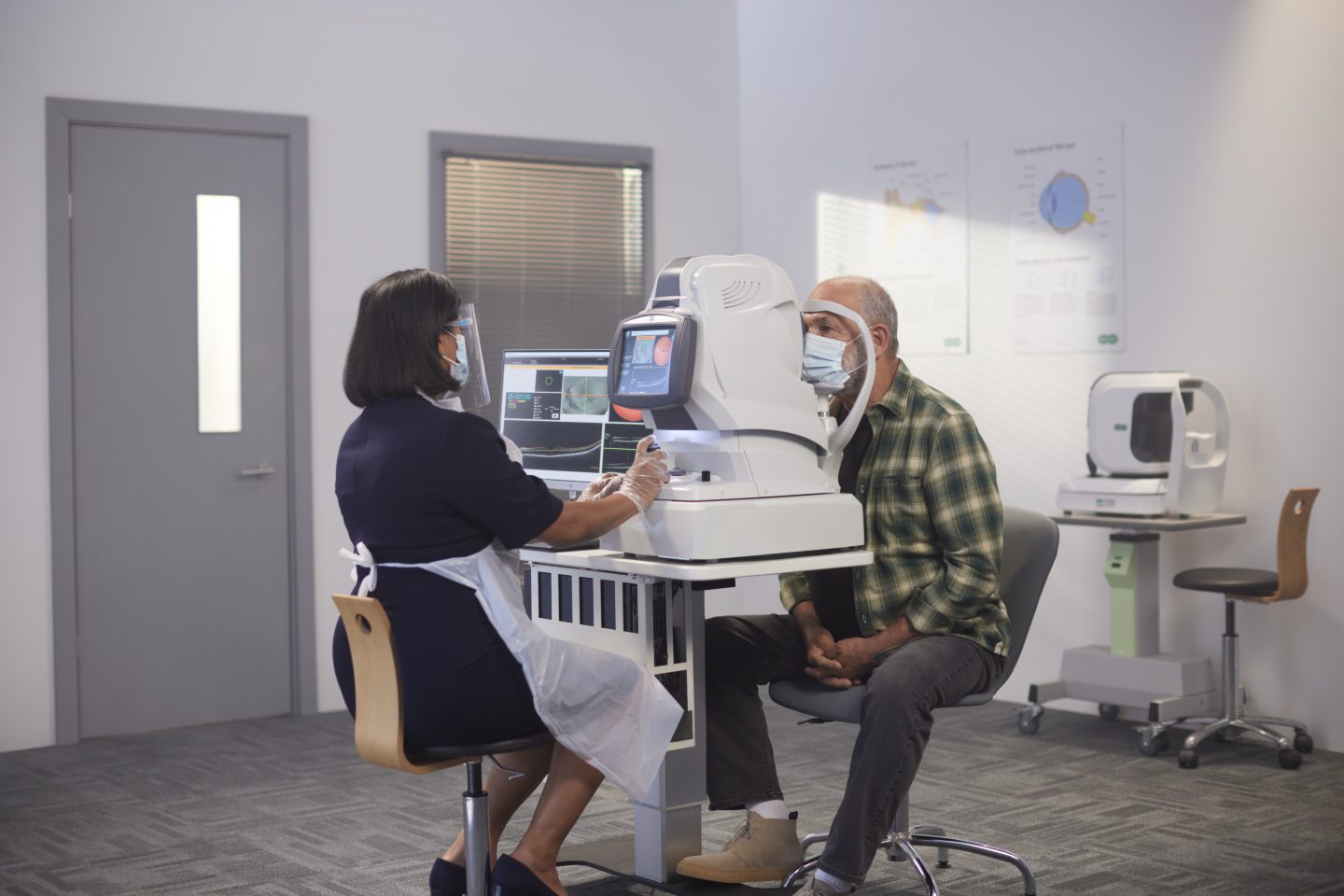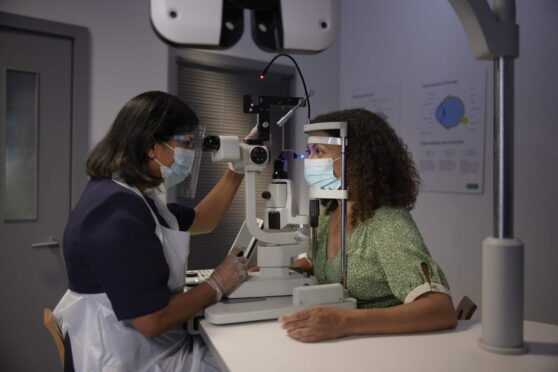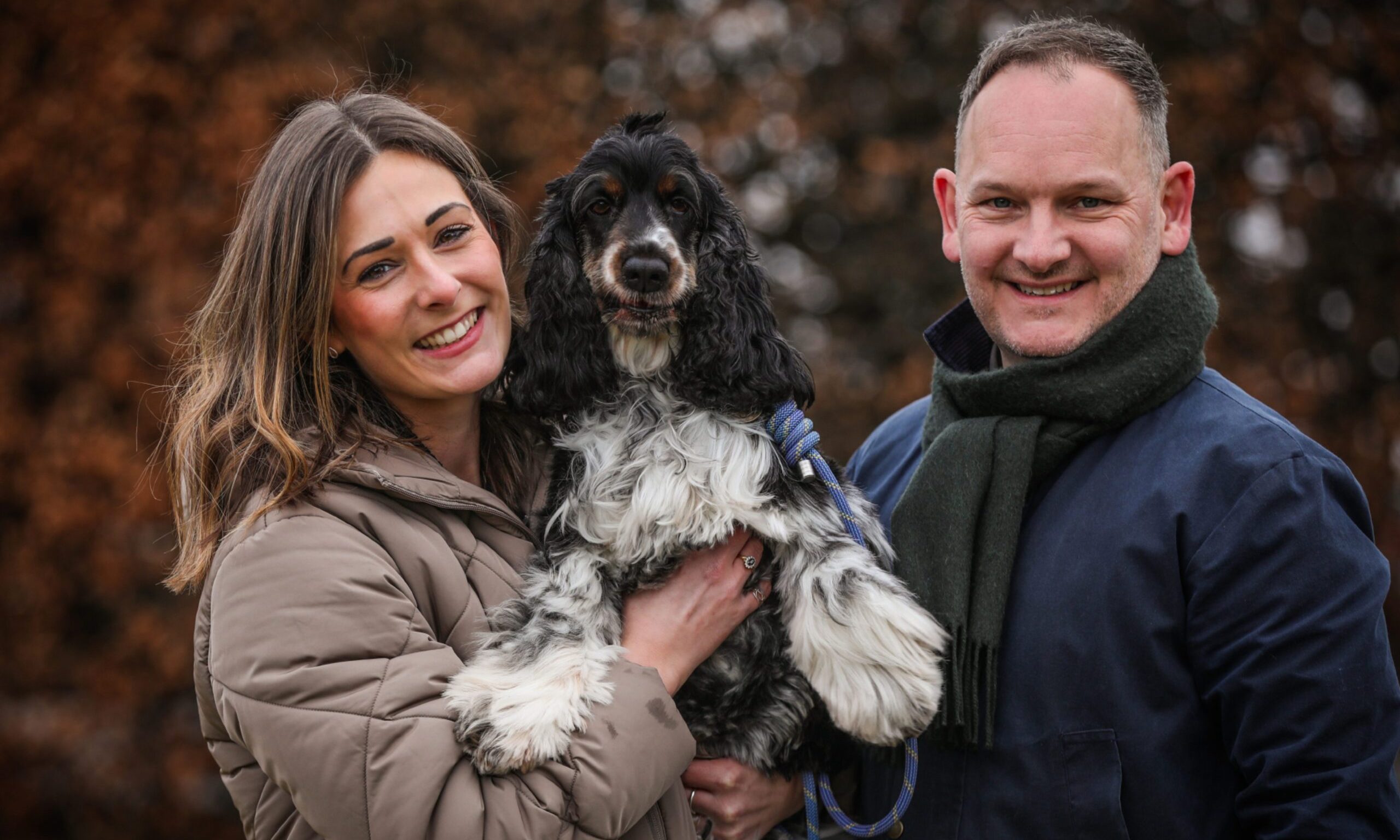Up to 50 per cent of sight loss is avoidable and Specsavers believes that nobody should have to live with vision loss which could have been avoided.
-
Some Courier online content is funded by outside parties. The revenue from this helps to sustain our independent news gathering. You will always know if you are reading paid-for material as it will be clearly labelled as “Partnership” on the site and on social media channels,
This can take two different forms.
“Presented by”
This means the content has been paid for and produced by the named advertiser.
“In partnership with”
This means the content has been paid for and approved by the named advertiser but written and edited by our own commercial content team.
That’s why Specsavers stores across Scotland are encouraging everyone to have regular eye tests to keep on top of their eye health. And it’s also why they have invested in advanced eye scanners to ensure the best eye care is available to everyone.
These OCT (optical coherence tomography), scanners allow opticians to take a 3D image of the back of your eye to help spot serious eye conditions, including glaucoma, up to four years earlier.
Some of the conditions which can be picked up earlier with the scan include glaucoma, macular degeneration and diabetic retinopathy. In rarer cases, signs of other serious health issues such as brain tumours have been found.

“Our investment in OCT combined with the expertise of our optometrists across the Specsavers portfolio is a pivotal step forward in the detection of avoidable sight loss conditions in the UK,” says Arlene Stephenson, Specsavers’ Scottish divisional chair.
“This is simply the right thing to do in terms of offering our customers a choice of the best possible technology in their eye examination. Our goal is to transform eye health through investment in professional development and by putting the best equipment right into the heart of the community.”
FAQs: OCT (optical coherence tomography) eye scans
What happens when you have a OCT scan?

If you’ve ever had a picture taken of the back of your eye before your test, it’s quite similar. All you need to do is look into the machine for a short time (one minute max).
How does it work?
The machine works by taking hundreds of pictures of the back of your eye and beyond, looking right back to your optic nerve. All these pictures create a layered image showing all the structures within your eye.
Who should have OCT?
Even if your vision and eye health are fine, an OCT scan is recommended for anyone aged 25+. Getting an OCT scan with your eye test helps to track your eye health over time. With early detection, leads to earlier treatment.
Does it hurt?
Not at all – it’s a quick, painless scan.
Are there any side effects or risks?
None. OCT uses a completely safe laser light source.
How much do eye examinations and OCT scans cost?
The Scottish Government funds NHS eye examinations in Scotland, so if you’re aged 16-60 you can have an NHS funded eye examination every two years if required. An OCT scan is in addition to your eye examination, ask in your nearest store for further details.
Find out more or book an appointment with Specsavers.










